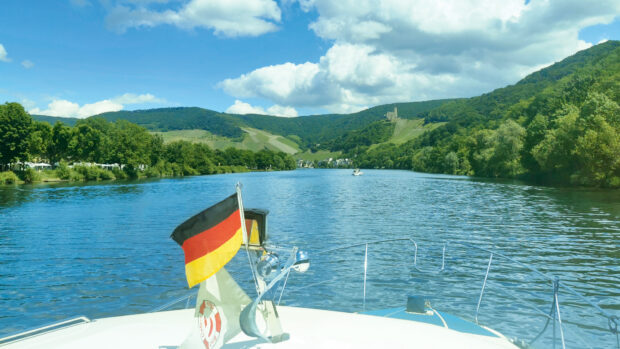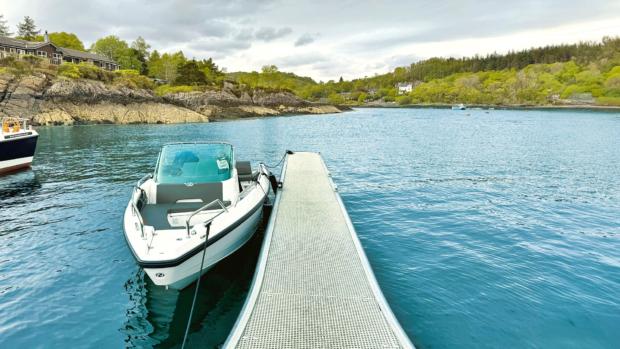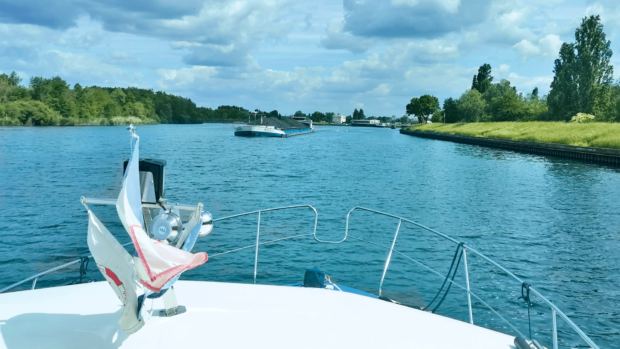In our latest feature, Peter Cumberlidge explains why Stavanger Bay is the perfect starting point for boaters interested in cruising Norway
Exploring Lysefjord
Five miles east of Stavanger, the wide mouth of Høgsfjord has a seductive quality, beckoning you in with the promise of excitement and adventure.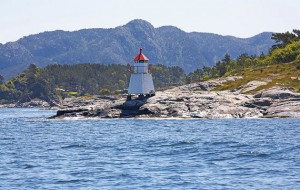
The trim white lighthouse on Tingholmen Island (pictured right) is understated for such an imposing stretch of water, but cruising inland you soon feel the grandeur of the scene.
There are rocky headlands patched with firs and close-fitting islands with intriguing gaps.
Up ahead a frieze of mountains draws you on, with glacial scars etched in shadow and cliffs rising sheer from the fjord.
You see solitary timber houses at the water’s edge, dwarfed by their vast background of rock and hardy spruce.
Grassy oases are dotted with sheep, and clusters of redwood cabins look homely on a sunny day.
Seven miles into Høgsfjord, where a car ferry crosses, a deep inner ria veers off to port past inviting green slopes and a high suspension bridge.
 This is the famous Lysefjord and beyond the bridge (pictured above) its sides become more precipitous.
This is the famous Lysefjord and beyond the bridge (pictured above) its sides become more precipitous.
Not far into the fjord you can anchor off the south shore at Vika (pictured below), a wonderful bay behind a sheltering island.
There’s a landing here and some rather fine houses in a soothing park backed by hillside forest.
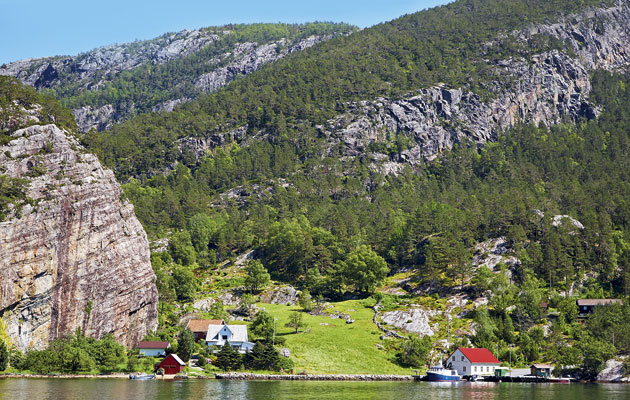 Ferries from Stavanger take tourists to see an incredible outcrop called Pulpit Rock – the Preikestolen – a flat granite plateau perched 600 metres above the fjord on the north side.
Ferries from Stavanger take tourists to see an incredible outcrop called Pulpit Rock – the Preikestolen – a flat granite plateau perched 600 metres above the fjord on the north side.
This breathtaking vantage point is popular with walkers, and keen boat crews may land by dinghy a mile above Vika and hike up to the Pulpit (pictured below) for vertigo-inducing views of the fjord.
We were content to gaze up from the deck at precarious specks sitting on the edge with their legs dangling over.
 Lysefjord cuts 20 miles inland in an almost dead straight ravine, its mountain sides rising to 900 metres and depths plunging to an eerie 400 metres.
Lysefjord cuts 20 miles inland in an almost dead straight ravine, its mountain sides rising to 900 metres and depths plunging to an eerie 400 metres.
You pass a cascading waterfall and navigation ends at Lysebotn village in a pleasant green valley. There’s a visitor pontoon here, though vulnerable to savage downdraughts in strong winds.




